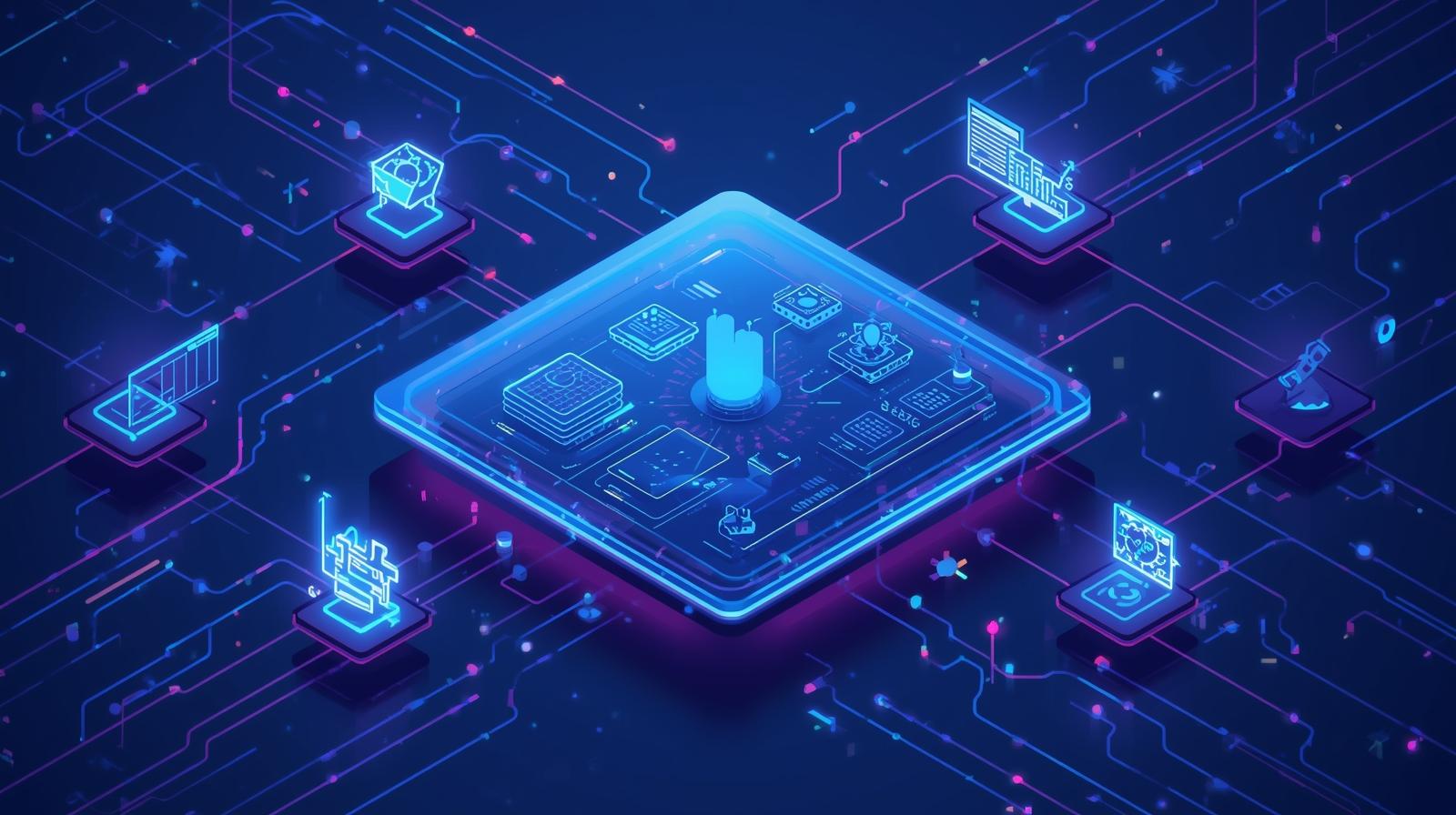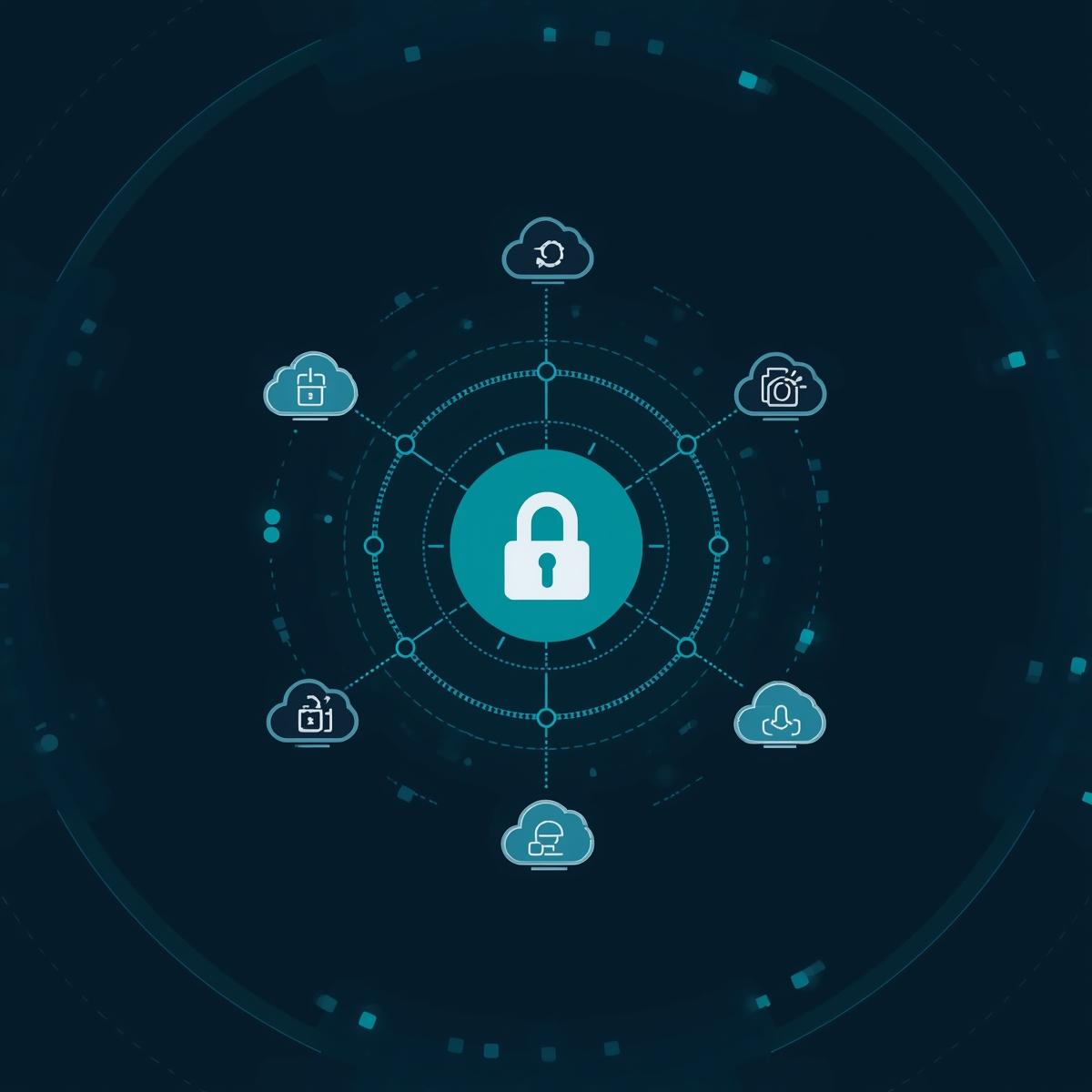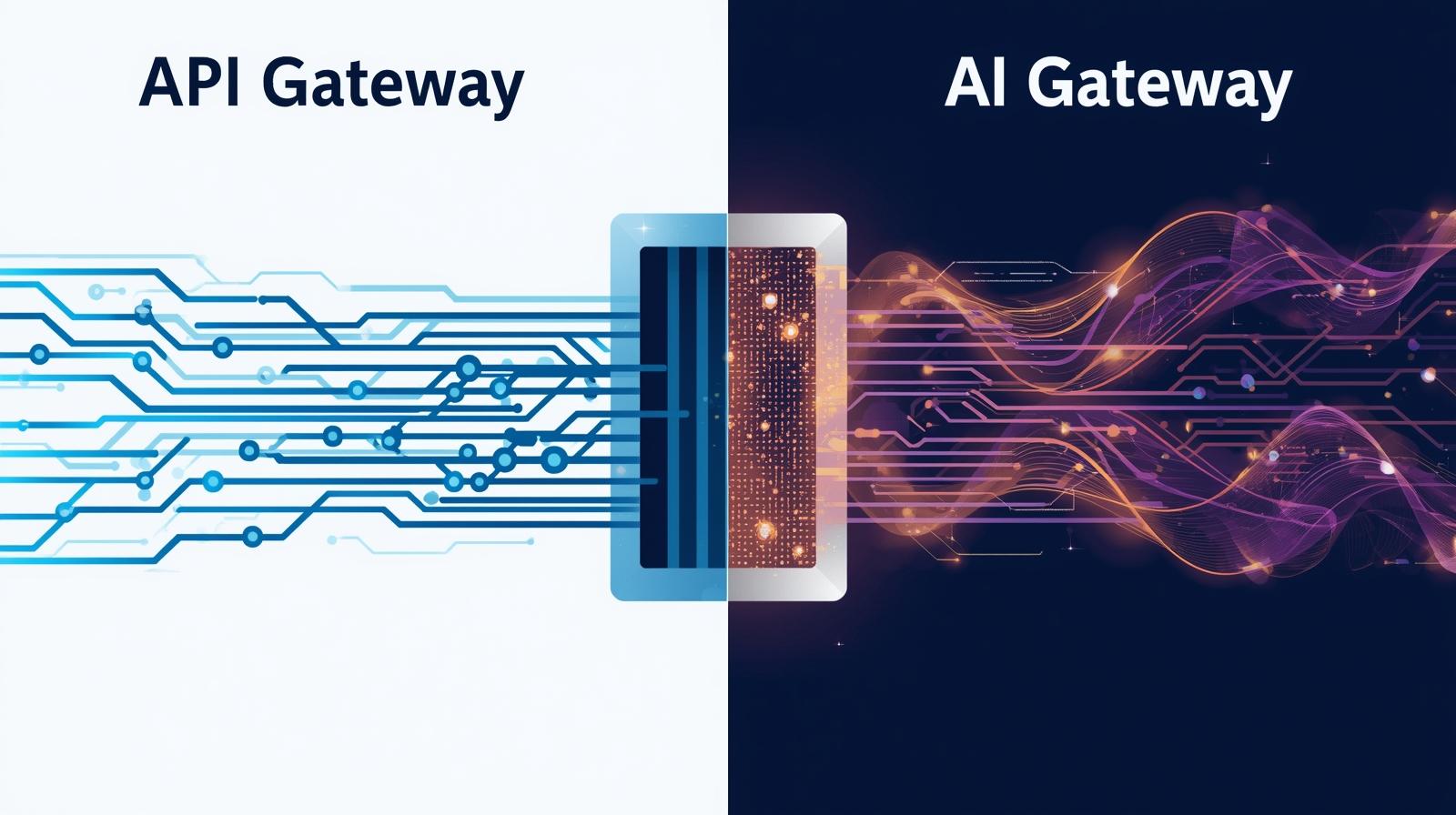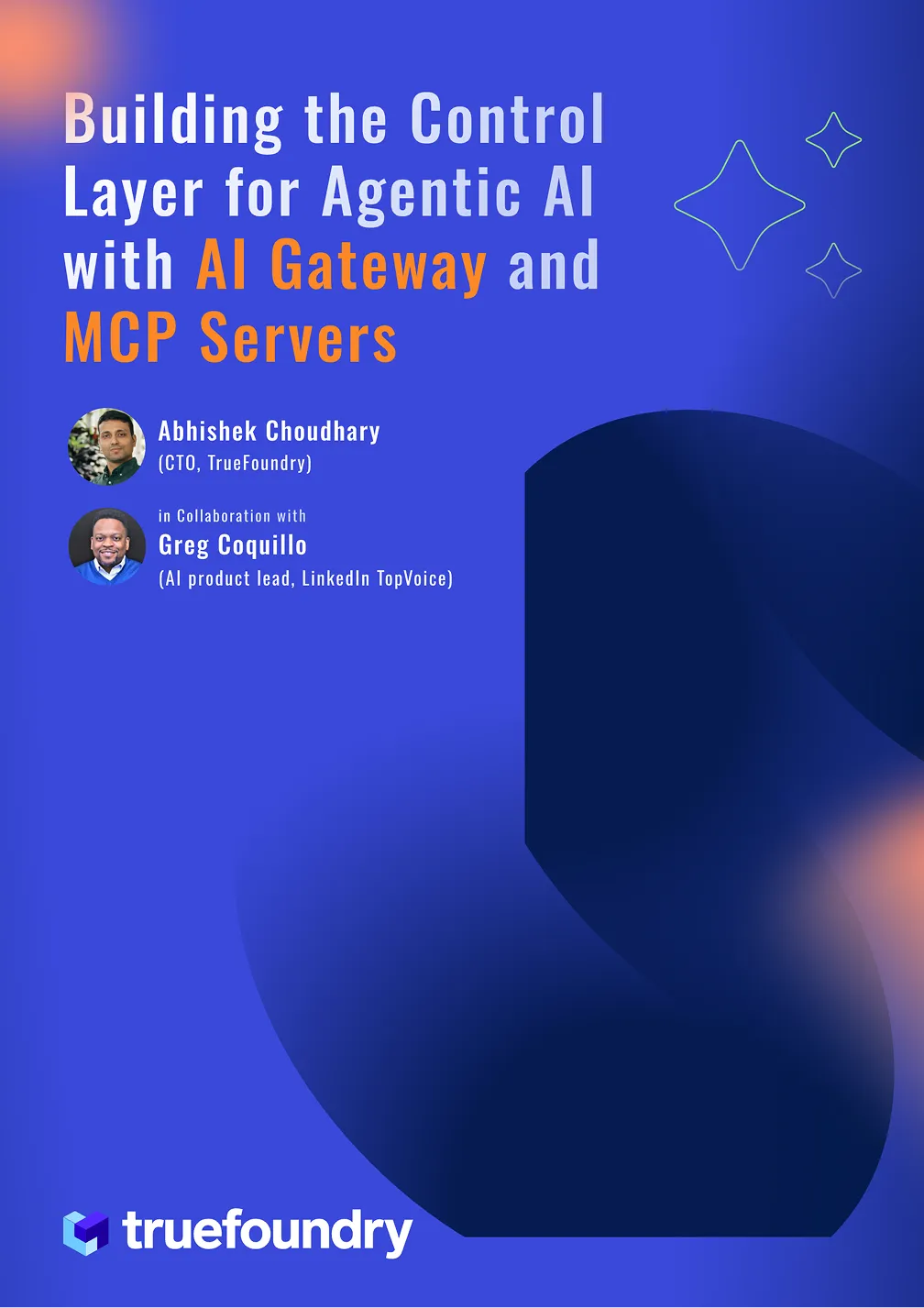TrueFoundry Accelerator Series: Intelligent Document Processing Accelerator
Isn’t OCR and Document Processing a solved problem?
While many believe OCR and document processing are solved technologies, manual data entry costs U.S. companies around $15000 to $30000 per employee per year. Source: The operational and time drain due to manual document processing is still significant because:
Traditional OCR: Brittle and Underperforming
Traditional OCR (Computer Vision + Rules + NLP) methods exhibit low adaptability to various writing formats and layouts, often failing to account for context and data format requirements.
- Low Adaptability: Even best-in-class traditional OCR systems plateau at 85-90% accuracy for complex documents, with handwritten content dropping to a mere 64% accuracy rate. Source
- Poor Image quality or lighting: 300 DPI is the standard minimum for optimal OCR results
- Noise
- Skew and Orientation
- Template and Layout Dependence: Fine-tuned to work on a specific template, needs custom downstream processing pipelines or a change in template for each new doc type/template update. E.g., New invoice format from a vendor, a slightly shifted column in a report
- Context Blindness: Character-level OCR fails to differentiate between similar characters, losing document-wide context understanding. E.g. "50mg Metformin" might be read as "5Omg Metformin" which is incorrect for any downstream medical task.
LLM-Based OCR: Unpredictable and Costly
LLM-based OCRs solve some challenges in traditional methods but introduce new complexities:
- Not solved for Handwritten text: Despite GPT-4V and Claude 3.5 Sonnet achieving 82-90% accuracy on handwritten text, a significant improvement, this still falls short of business-critical thresholds. E.g. In healthcare, a 10-18% error rate on handwritten prescriptions could literally be life-threatening.
- Difficult to Scale:
- Prohibitively Expensive: For organisations processing millions of documents each year.
- Slower responses:
- Difficult to maintain SLAs in self-hosted
- Downtimes and Latency spikes with 3rd party providers
- Inconsistent Outputs:
- Hallucinations - e.g., a completely fabricated value for a clause in a legal document
- Difficult to comply with structured output
- Same prompt, different responses
In Industries such as financial services and healthcare, that process millions of critical documents annually, a system that can scale reliably and generate high quality output at low cost is essential
How good is your document processing pipeline? (Practical metrics)
Introducing TrueFoundry’s Intelligent Document Processing Accelerator
TrueFoundry’s Intelligent Document Processing (IDP) is a Generative AI-based Accelerator that combines production-ready practices with a highly customizable and accurate OCR pipeline to build and ship end-to-end document processing workflows.
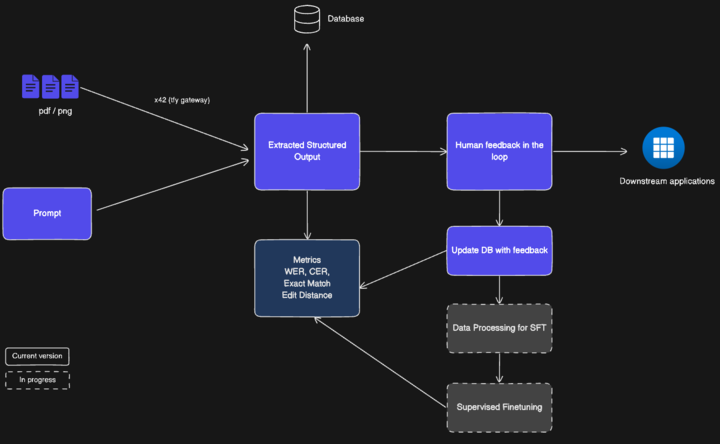
How It Works: Powering your applications with structured data in minutes!
The accelerator ingests your PDFs, images, or faxes and cleans them up: denoising, de-skewing, and upscaling. So models start from a crisp image. It then classifies each document (invoice, prescription, handwritten note) and attaches the correct schema, prompts, and domain rules. The extraction model pulls structured fields and confidence scores; a rules engine validates and enriches them with checks and lookups. Items are routed to a reviewer through a simple UI, and every correction feeds back to improve the system continuously.
Customisable and Modular Components
The Accelerator is composed of pluggable modular components that together can build both a day 1 prototype or a full-scale production-ready application.
Basic Components
- Multi-Model Support (OSS & Closed-Source)
- Human-in-the-Loop (HITL) & Feedback
- Integrated Fine-Tuning Infrastructure
- Monitoring & Observability
- Knowledge Base Integration (RAG + Knowledge Graph)
Advanced Components
- Automated Classification & Routing
- Region-Aware OCR & Bounding Boxes
- Schema Auto-Discovery (Zero-Shot)
- Validation & Post-Processing
- Compliance & Auditability
Our Design has been validated across multiple Enterprise Implementations
Build For Choice and Control
The accelerator is model-agnostic, OSS or closed-source, and can route across providers for price/performance and failover. Experts stay in the loop with a domain-tuned review UI whose edits become training data.
Operational from day one.
You get real-time observability (latency, throughput, cost per doc) plus business KPIs—STP, field accuracy, and edit rate. Validation and enrichment enforce cross-field rules and normalize formats before the data reaches downstream applications.
Adaptable, especially for those complex Enterprise Use Cases
Schema discovery, region-aware OCR, and knowledge-base grounding handle complex layouts; audit logs preserve every action, score, and override for regulated environments.
How do we ensure this system scales?
Our architecture is a cloud-agnostic, microservices-based blueprint designed for enterprise-grade reliability, scalability, and cost-efficiency. By decoupling core components with asynchronous message queues, the system handles fluctuating workloads and component failures without data loss, avoiding vendor lock-in.
Ingestion Layer
- Stateless LLM gateway: Single entry point (auth/rate-limit) that enqueues every document to a message topic.
- Durable buffering: Raw uploads are written to object storage for replay, audit, and recovery.
Processing Pipeline
- Service isolation: Separate workers for classification, extraction, and validation; each can be updated and scaled alone.
- Independent autoscaling: CPU/GPU-heavy extractors scale up during peaks without impacting lighter stages.
- Idempotent jobs: Replayable tasks with dedup ensure safe retries and exactly-once outputs.
Data & State Management
- Portable storage: S3-compatible buckets hold documents and artifacts with versioning.
- Relational backbone: PostgreSQL-compatible DB tracks metadata, workflow state, and HITL queues.
- Schema contracts: Clear interfaces between services enable safe, backward-compatible changes.
Feedback & MLOps Layer
- Human loop: Verified corrections are captured with provenance for training data.
- Closed loop: Automated retrain/evaluate/deploy pipelines push better models back to production.
- Governed releases: Model registry, A/B checks, and rollbacks keep improvements safe and auditable.
Conclusion
Modern OCR isn’t “solved”, especially when accuracy, scale, and cost matter. TrueFoundry’s IDP Accelerator offers a pragmatic, production-ready approach, featuring multi-model extraction, automated validation, and a human-in-the-loop that continuously enhances the system. The result is faster straight-through processing, higher field-level accuracy on the documents that actually run your business, and a platform your teams can operate, not just a demo to admire.
This accelerator helps you process more documents efficiently and cost-effectively, while maintaining data integrity for auditors, experts, and operators, enabling immediate implementation without the need for extensive custom engineering.
Next steps
- See it live
- Pilot in production: Connect with us using this link. We can create a working prototype on your own use case and help you deliver a production-ready application in 1/10th the normal development time!
Built for Speed: ~10ms Latency, Even Under Load
Blazingly fast way to build, track and deploy your models!
- Handles 350+ RPS on just 1 vCPU — no tuning needed
- Production-ready with full enterprise support
TrueFoundry AI Gateway delivers ~3–4 ms latency, handles 350+ RPS on 1 vCPU, scales horizontally with ease, and is production-ready, while LiteLLM suffers from high latency, struggles beyond moderate RPS, lacks built-in scaling, and is best for light or prototype workloads.











